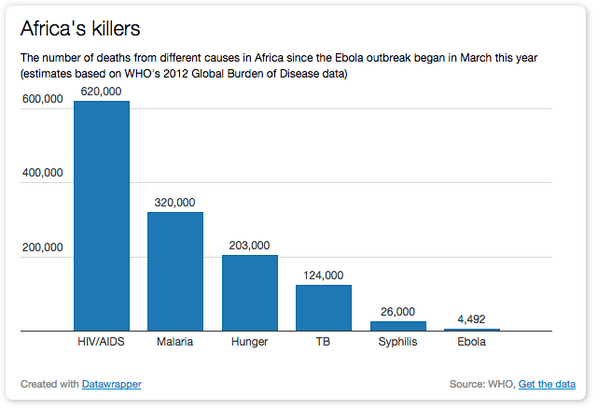This coming Friday, October 31, marks a special day. No, it’s not Halloween (we don’t generally celebrate that in Australia). It’s Reformation Day. This Friday it will be 497 years since Martin Luther famously nailed his 95 theses to the door of the Wittenberg castle church, one of the key events that lit the spark of the Protestant Reformation of the church. I had the opportunity to visit Wittenberg (now officially called Lutherstadt – “Luther’s town”) about 4 years ago. I’m thinking it would be a nice place to revisit today and ponder the history that took place there.

I’m passionate about the church, and I’m pretty keen on history, so it’s no surprise that I really enjoyed visiting Wittenberg. I was in Berlin for a few days and was excited to discover it is only just over an hour by train to this delightful little town with its preserved artefacts of a remarkable life lived here nearly 500 years ago.

What did I love about Wittenberg?
Wittenberg is a beautiful European town, and a great size for walking through.
As I found with Stratford-upon-Avon, however, taking a tour through this town is really taking a walk through the places of one man’s life. Coming in from the train station, I passed by this pretty park, which is also thought to be the site where Luther burned his papal bull of excommunication.
Normally a statue of Luther stands in the centre of the town square, but it was being renovated when I visited and so was replaced with an art installation of 800 colourful miniature copies – quite a sight!
The former monastery where Luther studied and taught and which then became his family home is now a museum honouring his life and work.
Here you can walk through the simple living room of the home he made with his wife, former nun Katharina …
… and the lecture hall where he and others taught the Bible …
… as well as see the impressive lectern from which they spoke!
There is also the oldest copy of his translation of the Bible into German …
… a 1533 hymnbook with his pub-tune song “A Mighty Fortress” …
… and a printed copy of his 1517 “95 theses” laying out his reasons for disputing church practices which distorted the gospel and gave people false hope.
For this, he was excommunicated by papal bull, a document naming him a heretic to be shunned.
St Mary’s church, (or the Town Church) where Luther often preached, dates back to the 14th century …
… as does the smaller Corpus Christi chapel in its grounds.
But the church where Martin nailed his theses is the Castle Church (All Saints’) at the other end of town.
Luther’s grave lies underneath the pulpit inside.
What did I learn from Wittenberg?
The heart of Luther’s story really starts in another city: Rome. With the need to raise funds to renovate the dome of St Peter’s basilica, the church of the time began selling indulgences, promising forgiveness of sins for a fee. This practice might seem quite medieval to us now, but it reminds me how easy it is for wealth and greed to corrupt the truth of the gospel and God’s free gracious gift offered in His Son. There is a reason that Jesus warned about the dangers of money.

Luther wrote his sermon for Sunday October 31, 1517 (95 theses on the power and efficacy of indulgences) and then, as was the custom of the day, posted it (in Latin) on the door of the church. As a fellow preacher, I am reminded of the need to be faithful in speaking the truth of Jesus Christ, even when it might be unpopular, and of the call to be bold in making the message clear and open for all to hear, even those who might oppose it.
I was really struck by this letter that Luther wrote explaining his actions after the Diet of Worms (NB: diet = a decision-making gathering of the Catholic church; Worms = a town in Germany 🙂 ).
While I can’t read all his words, I can only imagine they are similar to the ones he spoke before that gathering in April 1521:
“My conscience is captive to the Word of God. I cannot and will not recant anything. Here I stand, I can do no other. May God help me.”
I hope that I might live my own life with the same passion and conviction for the truth of God’s Word.






































